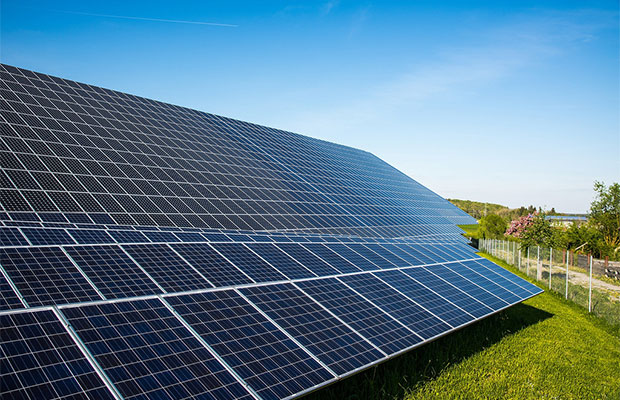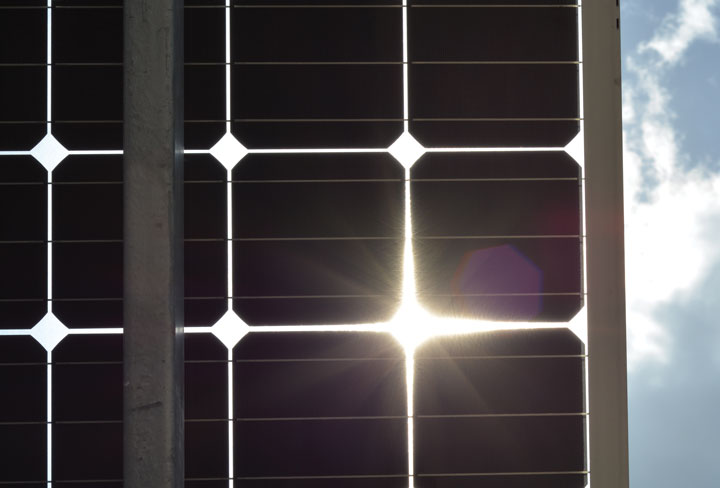Each year more homeowners and installers look to further enhance their system s roi by choosing to integrate reliable and budget friendly canadian solar and hanwha q.
Bifacial solar panels vs q cell.
When you ve got an abundance of space to accommodate your desired solar array size and looking for the most affordable qcells solar panel option the qcells q power g5 hit s the mark.
Canadian solar and hanwha q cells are well known for manufacturing and delivering quality value based poly and mono solar panels.
Most bifacial solar panels use monocrystalline cells whereas traditional cells use polycrystalline materials.
Through the photovoltaic effect solar panels convert sunlight in direct current dc electricity.
And it has to do with the above chart compared with the additional cost of the.
The monocrystalline materials alongside the clear light pathway on both sides of the panel enable the light to be absorbed from either side of the cell and it is thought that that the overall efficiency of these cells can be up to.
When bifacial modules are installed on a highly reflective surface like a white tpo roof or on the ground with light colored stones some bifacial module manufacturers claim up to a 30 increase in production.
Whereas traditional opaque backsheeted panels are monofacial bifacial modules expose both the front and backside of the solar cells.
What you should know.
With the limited natural resources present on earth we have now discovered many ways to produce electricity without burning out these resources.
No matter the cell structure the test of a well designed solar module is its ability to endure time.
Download technical documents find answers to frequently asked questions or contact us for more information.
I had a great conversation at the hanwha q cell booth about why they don t sell a bifacial solar panel product.
Silicon is the active element in a solar panel which will generate surplus electrons depending on the length of time and intensity of the sun irradiance it receives.
Solar panels typically have 60 or 72 cells which contain silicon.
As the adoption of solar has gradually increased so has the demand for value based solar panels.
From hep dams to windmills there are many alternative methods or renewable sources available for power production today one of these ways is using bifacial solar panels to produce.



















